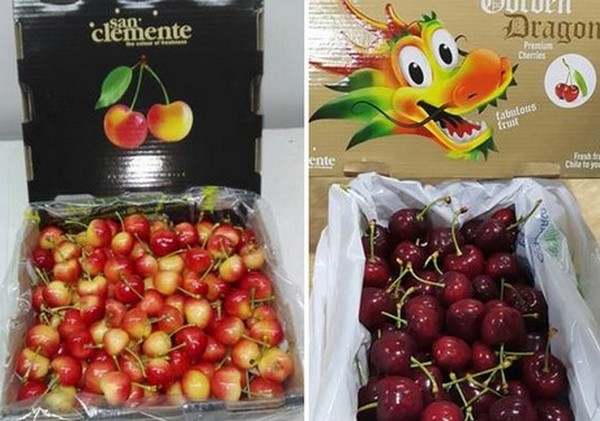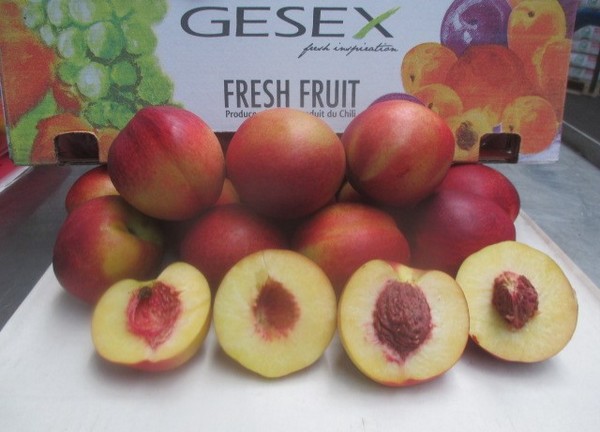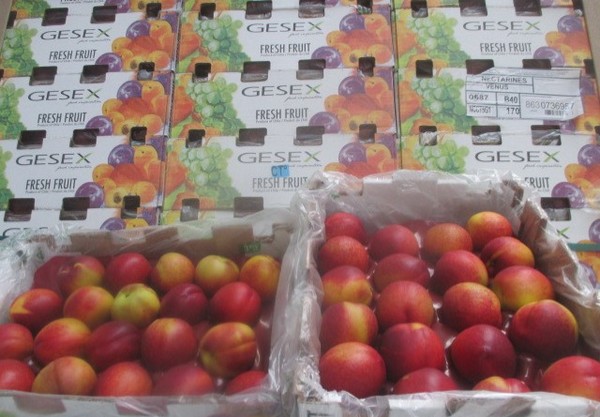The last of the Chilean citrus is arriving around the world, which means that the start of the stone fruit season is about to commence.
“As an industry we have been fortunate that we have been able to operate pretty much as normal, albeit with higher costs in the chain at farming level and also working remotely from an office level,” said Jon Clark Managing Director of Fruit Growers Alianza (FGA). “The produce industry is fairly resilient and over the past 30 years that I’ve been in the business we have managed to overcome the countless challenges which have been thrown at us. This (COVID-19) is obviously completely different to anything we have had to face before, but people always face the problem and find a solution and agriculture as a whole has managed to do that again.”
For growers Gesex and San Clemente in Chile, of which FGA is the European arm, the stone fruit season is just starting, while the last of this season’s citrus is arriving this week. The first cherries will be picked in 10 days’ time.

“On the whole the growing period for cherries has been good during flowering and fruit set in the main regions of Chile. Although the very late region of Chile Chico suffered some very heavy frosts around two weeks ago with temperatures of around -8/-9 degrees during flowering which could mean a reduction in volume of 50% in that region. The situation is being evaluated, as we will have to see how the fruit set is. The fruit won’t be harvested until January so we are a while away from that yet,” explains Jon.
Things are looking good for the main part of the season though and as a result of continuous planting the volumes are expected to increase on the whole as a country.
San Clemente and Gesex are no exception to that, they have new plantations coming online alongside existing ones. So it is looking reasonably good for the season ahead.
“Markets in general look promising, despite some concerns about Asia, which is very important for the cherry market, it still looks as if the demand from there will also be strong, possibly stronger than it has been in previous years.”
Typically 90%+ of Chilean cherries go to Asia, whereas for San Clemente it is around 70-75% so they are a bit more diverse on market spread.

“As for other exporting countries there were concerns on the cost of airfreight this year but at the moment it is not massively different to what it was last year. What we have seen is that there are not as many commercial lines operating but there are more freighter lines operating, but a big amount is sent sea freight from Chile.”
According to Jon, Chile doesn’t have the same labour concerns as some other countries, as they don’t tend to rely on immigrant labour as most of the labour is locally sourced, a small amount does come in but they are not reliant on it.

“One of the concerns was about the social unrest which occurred last year and whether that would continue but a few days ago a new constitution was voted in, so that that will help the situation this year with more stability.
“Stone fruit is looking very good as well with peaches, nectarines and plums. We (Gesex) are the only growers in South America with the flat peach and will also have samples of flat nectarine this year. We also have a grower of organic stone fruit which we export in commercial volumes. There has been a lot of work going in the last three years to transition to organic which is now completed so we are excited the opportunities that will bring, especially now as people are more health conscious than ever. Gesex believes that organic produce is going to become even more important and has made a very sizable commitment to growing organic stone fruit.
For more information:
Jon Clark
FGA
Tel: +44 1354 699420
Email: [email protected]


